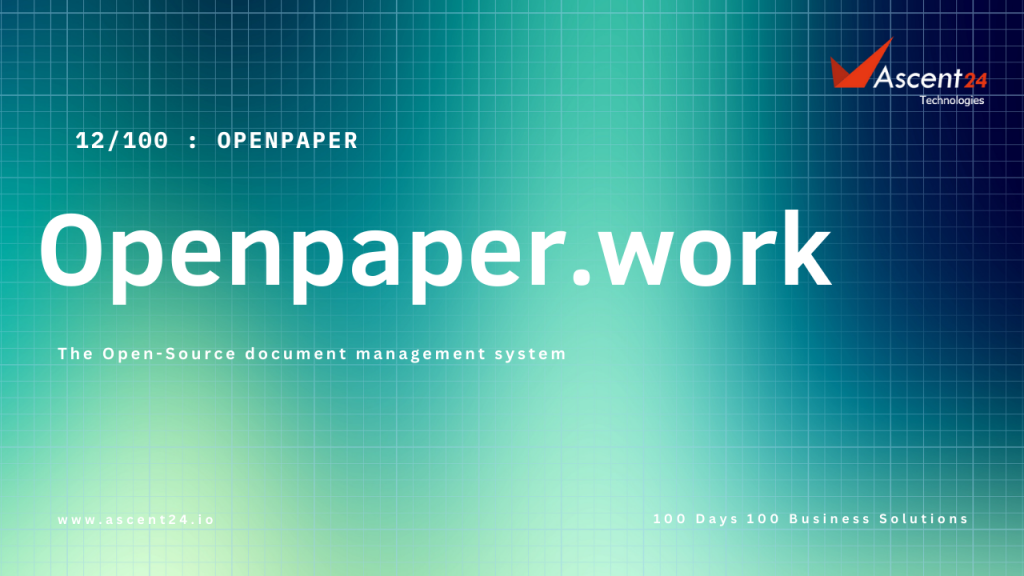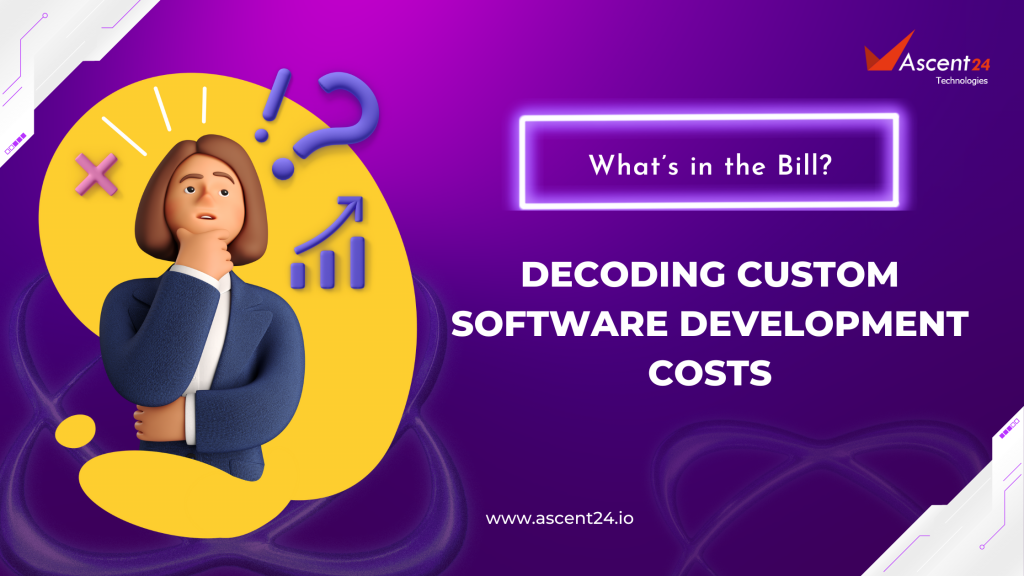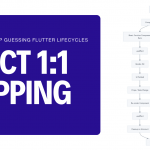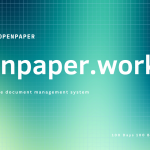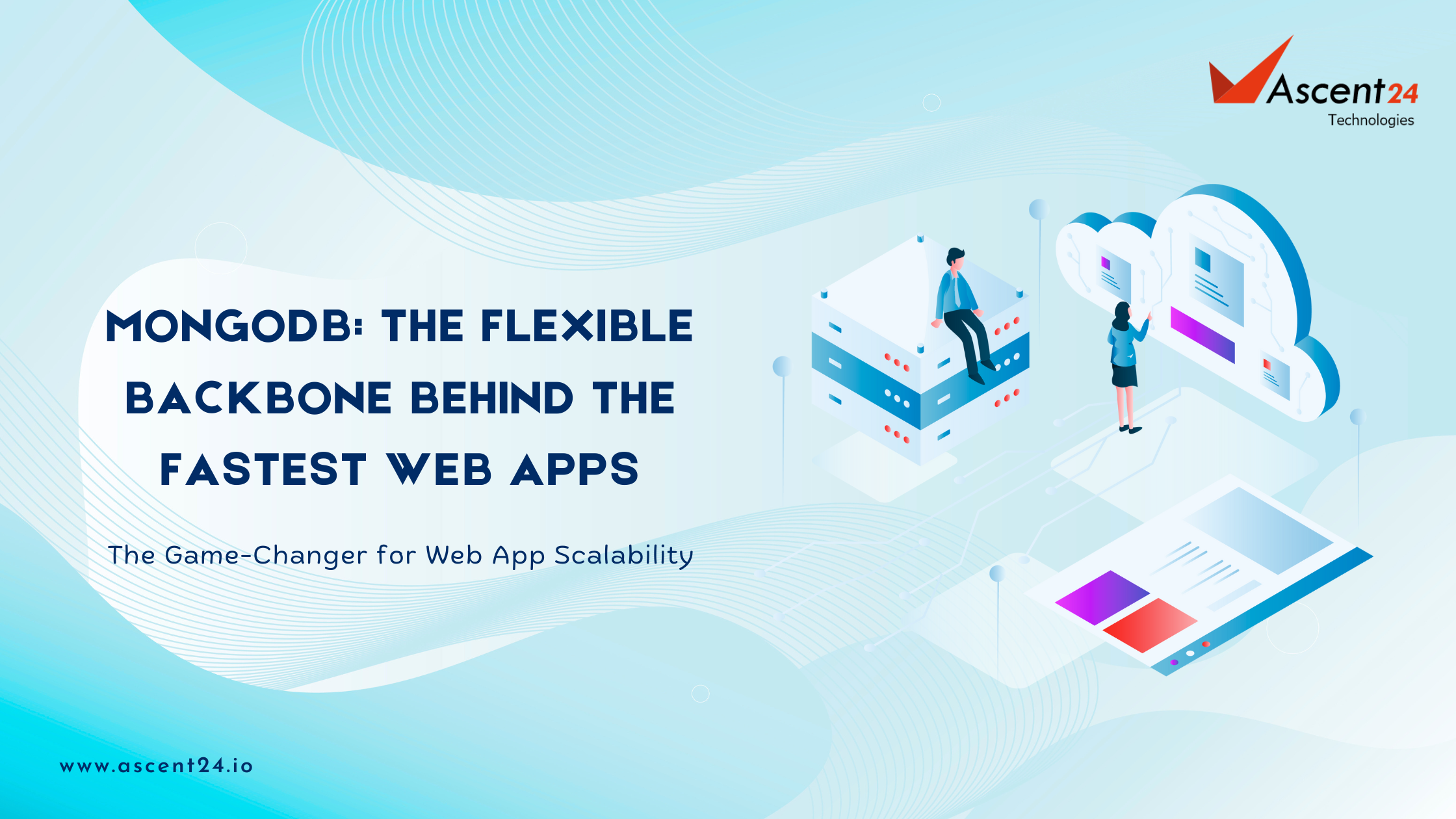
MongoDB: The Flexible Backbone Behind the Fastest Web Apps
A question to all developers 👩💻👨💻
Ever been knee-deep in building a feature and thought, “Ugh. Why is this schema so rigid?”
Or maybe you hit a scaling roadblock when traffic spiked and your database just couldn’t keep up?
Yep, we’ve all been there.
Well, do you know about MongoDB—the NoSQL database that’s made waves (and a lot of devs happy) for how it handles scale, flexibility, and performance in modern web apps?
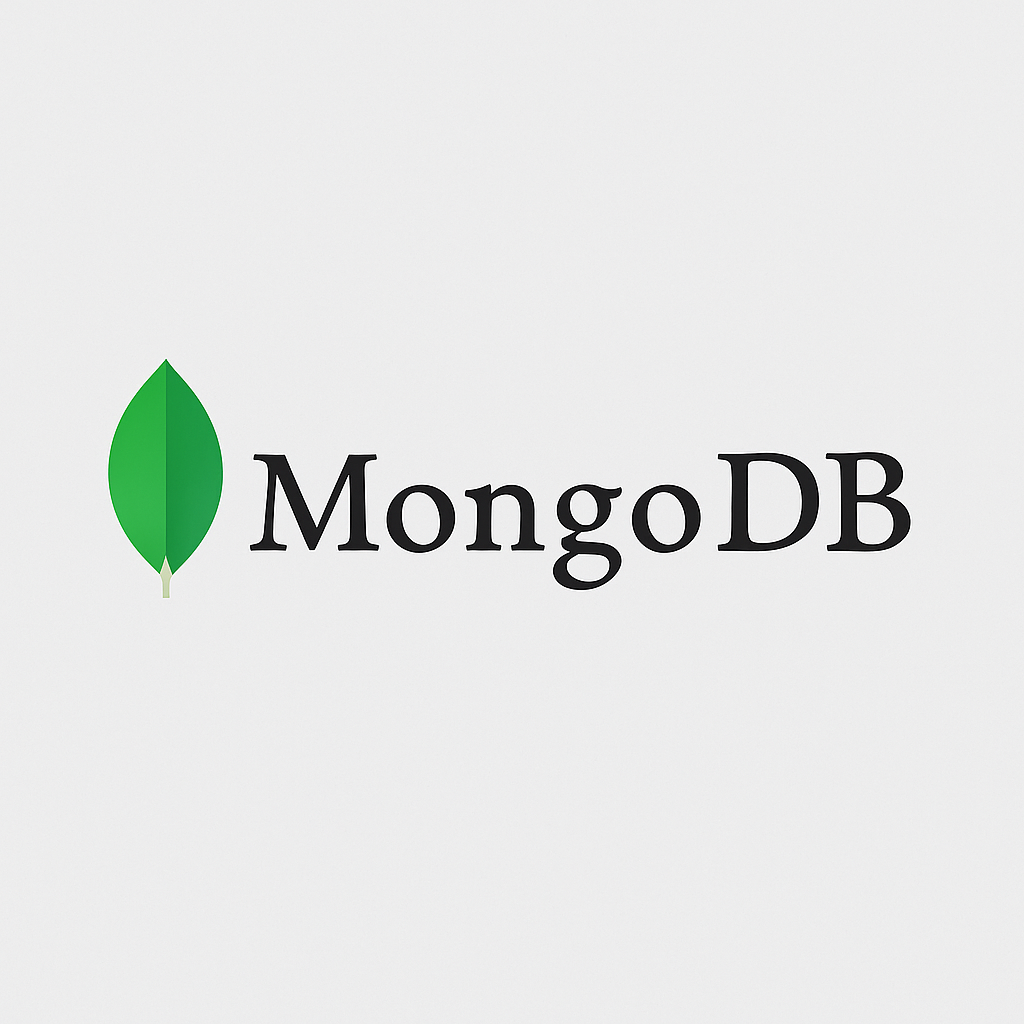
🧩 What’s the Buzz Around MongoDB?
MongoDB is a NoSQL database designed to store and manage large amounts of unstructured or semi-structured data in a flexible, scalable way.
Instead of storing data in rows and tables (like traditional SQL databases), MongoDB stores data in documents, which look a lot like JSON objects.
This makes MongoDB:
- Schema-flexible – You don’t need to pre-define the structure of your data.
- Developer-friendly – Especially if you’re building web or mobile apps using JavaScript/Node.js.
- Easily scalable – It’s built to handle high loads and big datasets.
This also makes MongoDB stand out, from being just another database—it’s a developer-first, flexible, and scalable solution built to evolve with your application. That’s exactly why so many startups, SaaS platforms, and even enterprise teams swear by it.
📦 Schema? What Schema?
Okay, it has a schema, but it’s flexible.
MongoDB uses a JSON-like format (called BSON) to store data. So if you’re used to working with JavaScript or JSON, you’ll feel right at home.
Need to add a new field to your documents?
No problem—no ALTER TABLEs, no migration headaches.
Just save it, and it’s done.
Perfect for agile teams iterating fast and changing often. 🚀
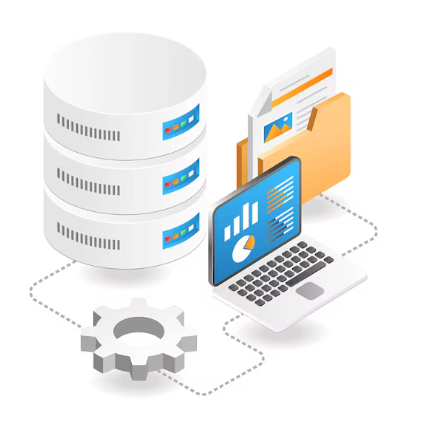
🧠 Documents Make More Sense
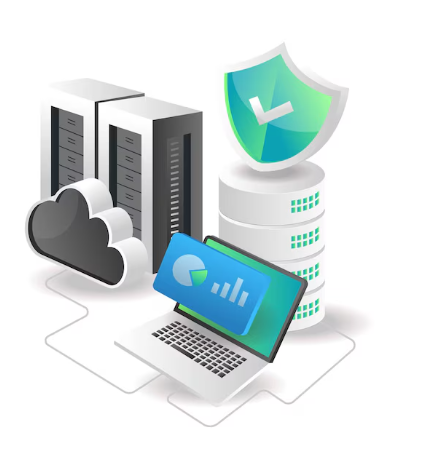
Let’s be real: trying to model user profiles, nested comments, or dynamic product catalogs in a relational database can feel like forcing a square peg in a round hole.
With MongoDB:
- You store everything as documents—just like you’d expect.
- Arrays, nested objects, and rich data types? Bring it on.
- Relationships? You can embed or reference—your call.
This model just clicks with how modern apps are structured and how we, as developers, think about data.
🔍 Indexing & Performance That Just Works
MongoDB is snappy—if you use it right.
Thanks to:
- Secondary indexes
- Text search
- Geospatial indexing
- Aggregation pipelines (think SQL GROUP BY, but smarter)
…you can build real-time dashboards, power location-based features, and filter massive datasets without sweating.
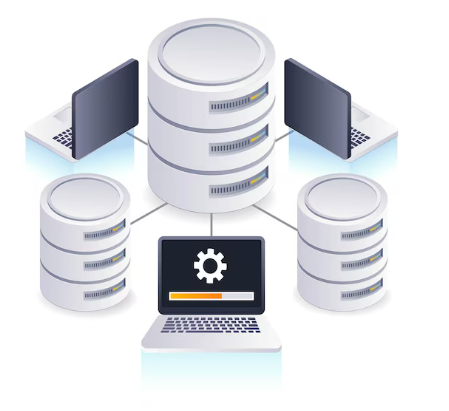
🔐 ACID Transactions Are Here

“Wait, isn’t NoSQL eventually consistent?”
Used to be.
But MongoDB now supports multi-document ACID transactions. So yes, you can:
- Roll back if something fails
- Ensure consistency for complex operations
- Rely on it for mission-critical workflows
MongoDB gives you the best of both worlds: NoSQL freedom + transactional safety.
Scaling? MongoDB Makes It a Breeze
We all dream of our app going viral, right? But with traditional databases, that usually means scaling pain.
MongoDB’s got your back with:
- Sharding – Split your data across multiple machines.
- Replica Sets – Built-in high availability with automated failover.
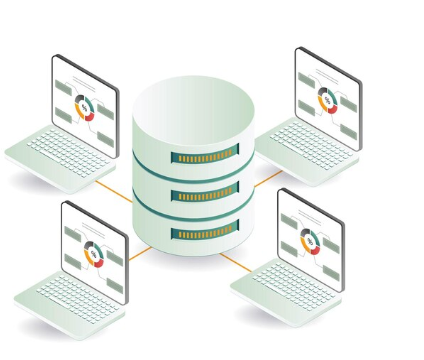
You don’t need to be a DevOps wizard to scale MongoDB horizontally.
Whether you’re handling thousands or millions of users, MongoDB can grow with you.
Quick Comparison: MongoDB vs. Traditional SQL
| Feature | MongoDB | Relational SQL |
|---|---|---|
| Schema | Flexible, document-based | Fixed, table-based |
| Scaling | Horizontal (sharding) | Mostly vertical |
| Transactions | Support via ACID | Core design |
| Data model | Documents/JSON-like | Tables & relationships |
From Tech Stack to Scale Stack
MongoDB’s success isn’t just about tech—it’s about team velocity, time to market, and operational resilience:
- Developer Speed: JSON-like querying, no-strict schema, and rich data types reduce coding time dramatically.
- Operational Simplicity: Replica sets, managed backups, and auto-sharding automate what used to be manual ops.
- Future-Ready Platform: MongoDB Atlas integrates seamlessly with cloud providers, CI/CD tools, analytics pipelines, and more.
In essence, MongoDB isn’t just a database—it’s a launchpad for scalable, high-impact web apps.
MongoDB’s flexibility, resilient architecture, developer-friendly model, and cloud readiness all coalesce to make it the ultimate NoSQL solution for building scalable web apps. Whether you’re launching an MVP or scaling globally, MongoDB gives you speed and stability.
Have you used MongoDB in your projects or experienced its benefits firsthand? We, at Ascent24 Technologies, could help you on that! I’d love to hear your stories or questions—drop a comment below!



